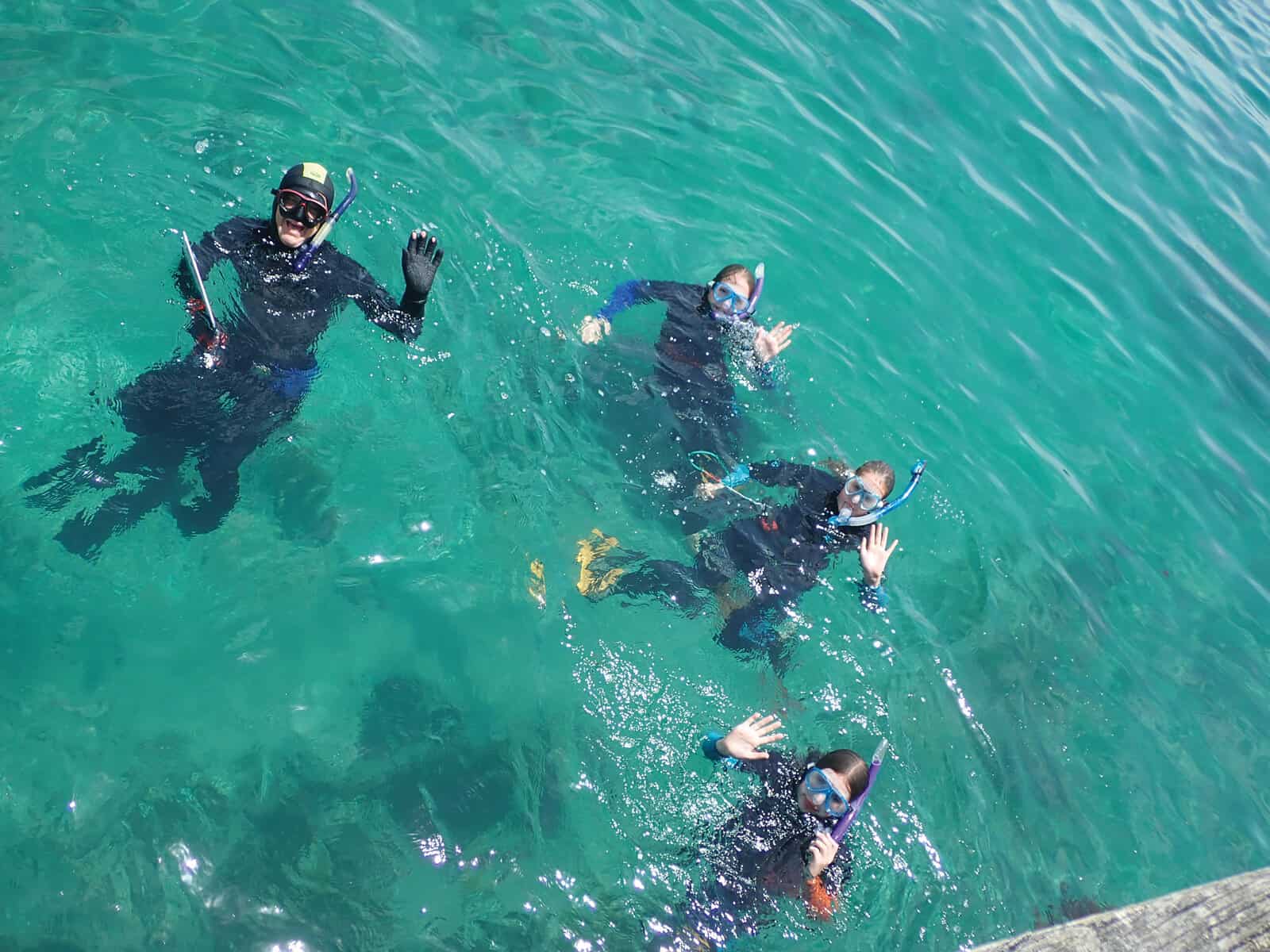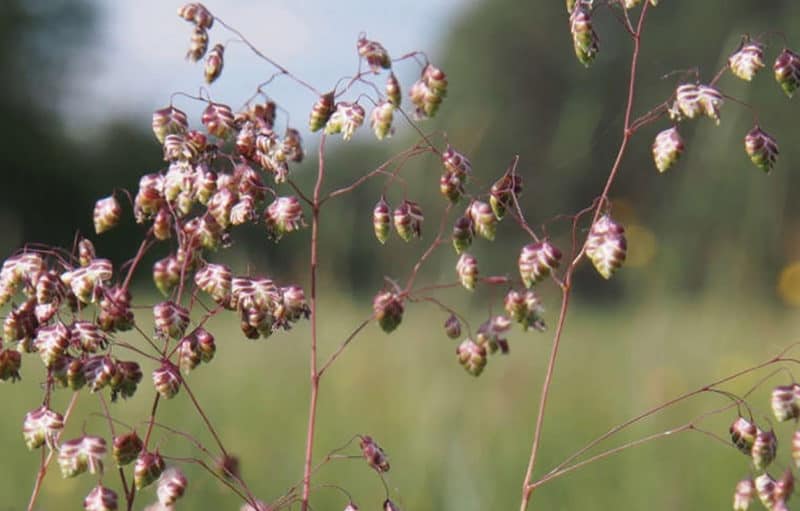PARK WATCH Article November 2022 |
The west of our state has eight special areas formally protected in Victoria’s marine reserve system. These parks generally have lower levels of threats from invasive species and extraction and are more intact than the east and Melbourne region where there is higher population pressure and more illegal activity. They will be important climate change refuge areas. As they are often harder to access due to weather conditions, let’s take a metaphorical dip into what you might find below.
Point Danger Marine Sanctuary
At the coastal town of Torquay, this sanctuary features an intertidal limestone platform home to 26 species of marine plants, and more than 44 species of intertidal invertebrates, mostly found underneath rocks on the intertidal reef. The sanctuary is particularly recognised for its diverse sea slugs Spotlight on the west – a dive into the parks between Torquay and Portland(nudibranchs), with 96 species having been recorded on both the rock platform and reefs beneath the waves.
Point Addis Marine National Park
The third largest of all the marine national parks it includes the internationally renowned Bells Beach. It is backed by crumbling limestone cliffs with extensive intertidal rocky platforms along the headlands – a nudibranchs delight! Under the waves you will find eroded calcarenite reefs that support extensive kelp forest in shallow water, and spectacular sponge gardens full of life in deeper water. Weedy Seadragons, dolphins and whales on their migration path can all be found here. An unusual offshore habitat in the park are rhodolith beds – colourful, unattached calcareous nodules of significant age made by coralline red alga.
Eagle Rock Marine Sanctuary
Below the lighthouse at Aireys Inlet is this gem of a sanctuary, where it is not uncommon to see the Southern Eagle Ray up close and personal. The shore rock platforms are covered in swathes of Neptune’s Necklace, a brown seaweed that looks like strings of beads. Marine life abounds in the deeper rock pools, with animals including octopuses, decorator crabs, chiton, and schools of tiny silver fish.
Marengo Reefs Marine Sanctuary
These two small reefs near Apollo Bay provide a wide variety of habitats, a dense growth of seaweeds and an abundance of soft corals and sponges. The two islands in the park, Henty and Little Henty, are surrounded by colourful underwater gardens, and the larger island is home to a haul out area for Australian Fur Seals. On a quiet night, you might even hear them calling from the shore!
Twelve Apostles Marine National Park
Includes some of Victoria’s most spectacular underwater scenery, with rich intertidal and subtidal invertebrate communities and dramatic underwater arches, canyons, fissures, gutters and deep sloping reefs.
The Arches Marine Sanctuary
Included in this sanctuary are some of Victoria’s most spectacular underwater limestone formations near the Twelve Apostles. Reefs here are carpeted by sponges, bryozoans, gorgonians and sea stars.
Merri Marine Sanctuary
At the mouth of the Merri River, Warrnambool, this sanctuary contains a range of marine habitats in reef and sand, with rocky overhangs, deep canyons and the elusive giant kelp forests supporting many fish. Penguin colonies are found here and the area is frequently visited by dolphins.
Discovery Bay Marine National Park
This is Victoria’s marine gateway to the Great Australian Bight! The Marine National Park is part of the largest coastal basalt formation in western Victoria and experiences one of the highest wave energy environments in the state. The cold nutrient-rich water associated with the Bonney Upwelling encourages the growth of microscopic plants and animals, providing a feast for fish, whales, penguins, and seafloor life such as sea-fans, sea-mosses and hydroids, sponges, and sea-squirts. The connection to the Great Australian Bight and the Southern Ocean is highlighted by the regular visits of Southern Right and Humpback Whales that migrate north from Antarctic waters in winter to breed. There are deep habitat and unique reefs with bryozoan reefs and soft corals.
Discover more of what lies beneath the surface at our revamped explore underwater Victoria site: www.vnpa.org.au/programs/explore-underwater-victoria/
Did you like reading this article? You can read the latest full edition of Park Watch magazine online.
Want to be kept up to date about this and other nature issues in Victoria? Subscribe to our email updates.
You can also receive our print magazine Park Watch four times a year by becoming a member. Find out more.

